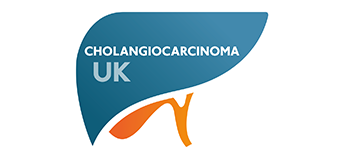AMMF’s Virtual 2021 European Cholangiocarcinoma Conference
Abstract No 17
An in silico analysis of differentially expressed genes and their prognostic utility in cholangiocarcinoma
Waleed Ali1, Andre Kajdacsy-Balla, M.D.2
1.Albert Einstein College of Medicine
2.University of Illinois at Chicago, Dept. of Pathology
Cholangiocarcinoma (CCA) represents a heterogeneous set of rare cancers which often go undetected in their early stages as well as demonstrate chemoresistance in later ones, presenting a unique challenge to clinicians (Spolverato et al., 2016; Banales et al., 2020). Harnessing online cancer expression databases such as TCGA and GTEx, trends in molecular genotype expression in worse prognosis cases can elucidate possible therapeutic targets. Utilizing the Gene Expression Profiling Interactive Analysis (GEPIA) tool, a list of differentially expressed genes (p<.01) in CCA cases from the TCGA dataset based on survival status was generated (Tang et al., 2017). Examination of further genomic changes such as mutations, copy number alterations (CNA), and other structural variations was conducted through the cBioPortal (Cerami et al., 2012). Said list underwent gene enrichment and pathway analysis through online tools such as Metascape and CPDB, as well as R, in order to find common pathways, with aberrations in genes involved with ontological biological processes such as chemical carcinogenesis, nephron development, and platelet signalling being implicated (Kamburov et al., 2011; Zhou et al., 2019). Certain genes such as UPSP1, RBM42, GSTT2B, ZNF20, MPDU1, and SIX4, among others were shown to have varying reliability as survival biomarkers in other cancer types such as lung, ovarian, and liver, further reinforcing the notion of a unique CCA genetic thumbprint. Additionally, analysis highlighted a battery of genes based on co-expression, genetic interactions, and shared protein domains, including genes such as PQLC3, ZUFSP, KRT5, and SL100A2 which could serve as launching points for further exploration.
To view the poster, click here
Back to previous page







